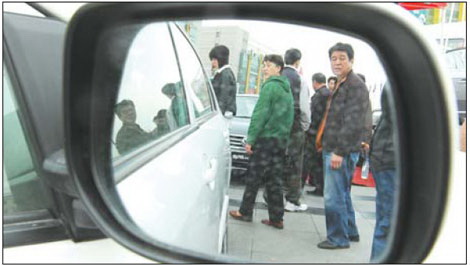Cars
World auto crown lacks full luster
By Tim Dunne (China Daily)
Updated: 2010-03-15 13:13
 |
Large Medium Small |
Moreover, we expect it will take China another 15 years to equal the US in number of units in operation. Clearly, the US market is far larger than China in this respect, and will be for a long time to come.
Because the number of vehicles on the road is so much greater in the US, used vehicle sales are also commensurately larger.
The US market typically sells three to four used vehicles for every new vehicle. Over the past 20 years, the US has sold an average of 41 million used passenger vehicles each year.
In China, the inverse is true; China typically sells three new vehicles for every used vehicle. This translates into about 4 million used vehicles annually. By this measurement, then, the US market is a much larger opportunity than China.
When we consider the initial quality and appeal - as revealed in the JD Power Asia Pacific 2009 Initial Quality Study (IQS) and the 2009 Automotive Performance Execution, and Layout (APEAL) Study - on Chinese domestic vehicles compared to international brands built in China, we also find a wide disparity.
|
 |
|
In China, roughly 20 to 25 percent of the market is priced below $10,000 while in the US this fi gure is about 1 percent. [CHINA DAILY] |
Generally low scores
Rarely does a Chinese brand or model exceed the industry average in our survey of vehicle quality and appeal.
The generally low IQS and APEAL scores that the majority of Chinese brands receive from Chinese consumers in JD Power studies may be the reason behind another area where Chinese brands lag the industry: shorter warranty terms.
In addition, there are numerous other soft measures - management experience, engineering acumen, focus on customer service - and hard criteria including vehicle fuel efficiency, exhaust emissions and engine power where Chinese automotive companies and vehicles need to improve in order to reach global standards.
To be sure, we expect China to some day become the world's largest automotive market, as well as a leading global center for automotive innovation and production. And although that day is coming, it's not here yet.
Let's keep things in perspective. There is a lot of work that needs to be done until China has truly earned the automotive crown that many seem eager to place upon her head.
The author is director of Asia Pacific Market Intelligence at JD Power and Associates.













